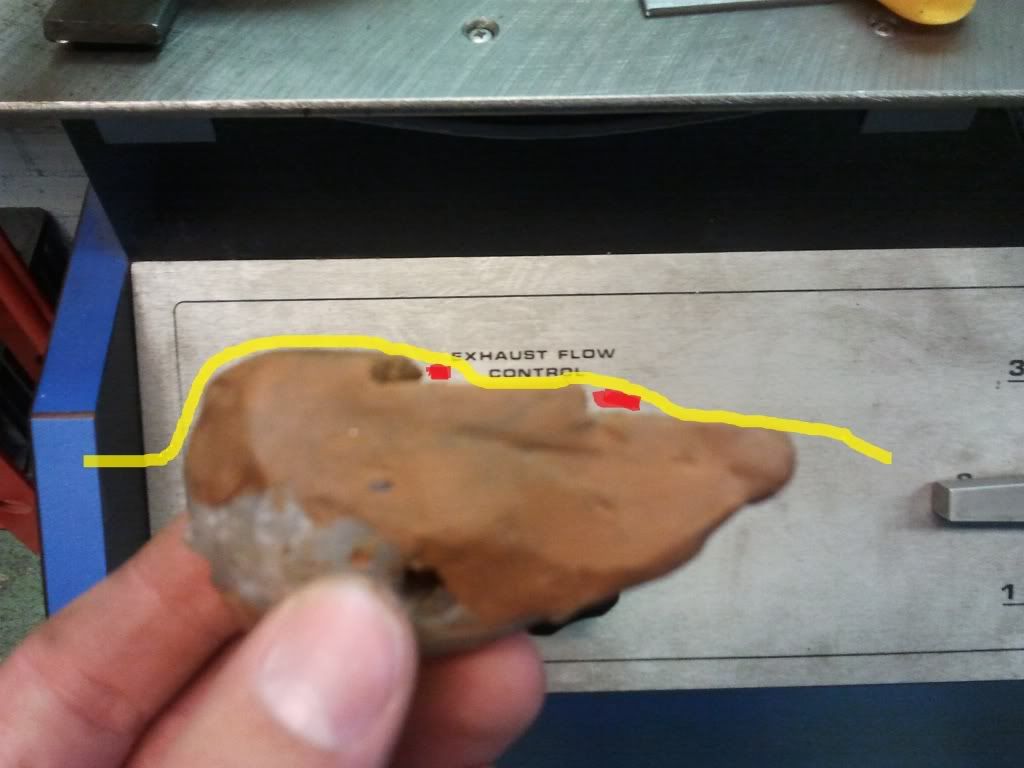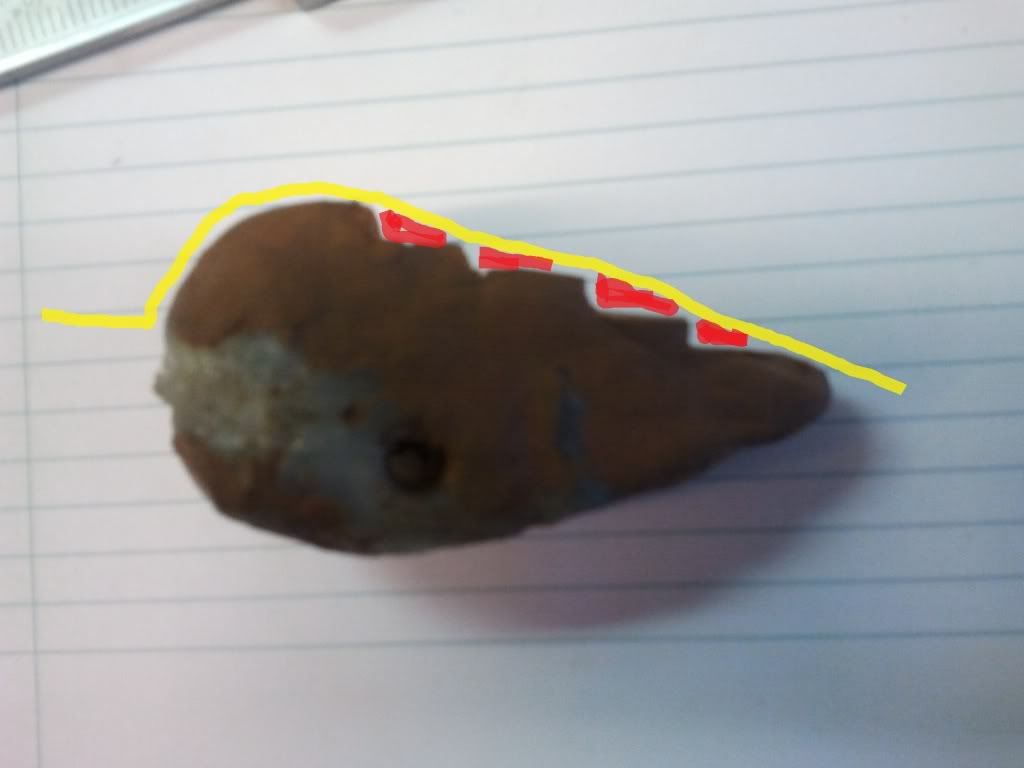As promised I tested the theory today, mainly becouse I had hopes that the vortexes would reattach the flow even at a greater angle.
I have acces to a flowbank, mainly used for engine tuning (flowing channels).
So today I made a setup through which I could visiualize the flow attachmend with
different angles and with smooth and stepped surfaces.
I made a basic druplet shape buth with squared top and sides.
For the modelling of the exact shape I used a kind of clay.
@cfg83 CFD simulations were pretty acurate, but his models were shown at a relative low angel of attack. (which I could make out from the vids)
Brief Summary:
Test with a smooth "druplet kind of shape" shows deattached flow at angles above +/-17degrees.
Test with relative big steps.
Showed attachemend also till 17 degrees, you could clearly see that the flow was turbulant right after the step and reattached half way a step.
See the picture below to give you an idea how the flow unfolded. Red=turbulant
Yellow=laminair

Test with smaller steps.
The flow was often turbulant but reattached with the shallow angle of about 11 degrees.
See picture

Conclusion
Stepped shapes have the same flow-attachment angle as a smooth surface, but the flow must have a chance to reattach to a surface.